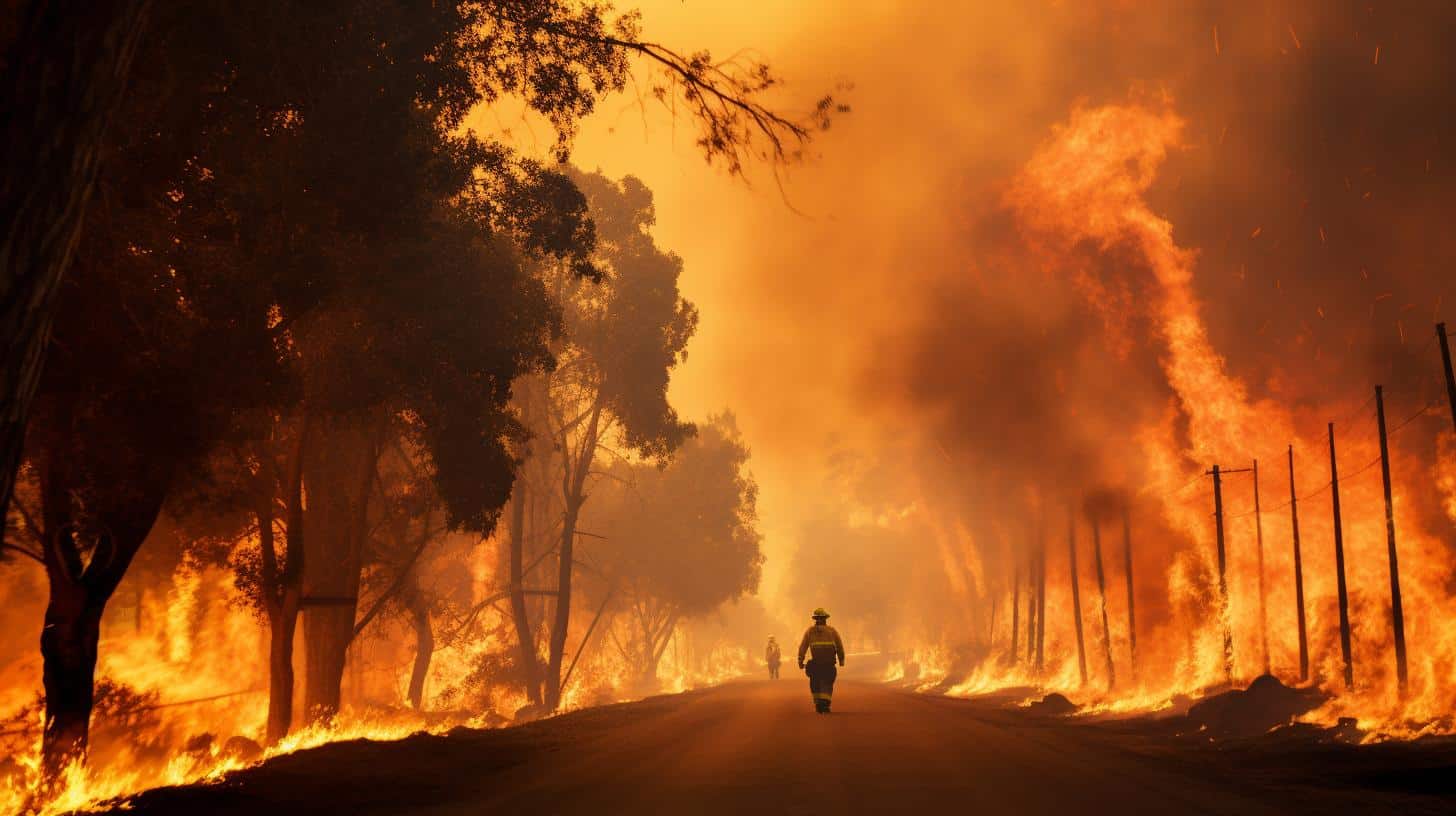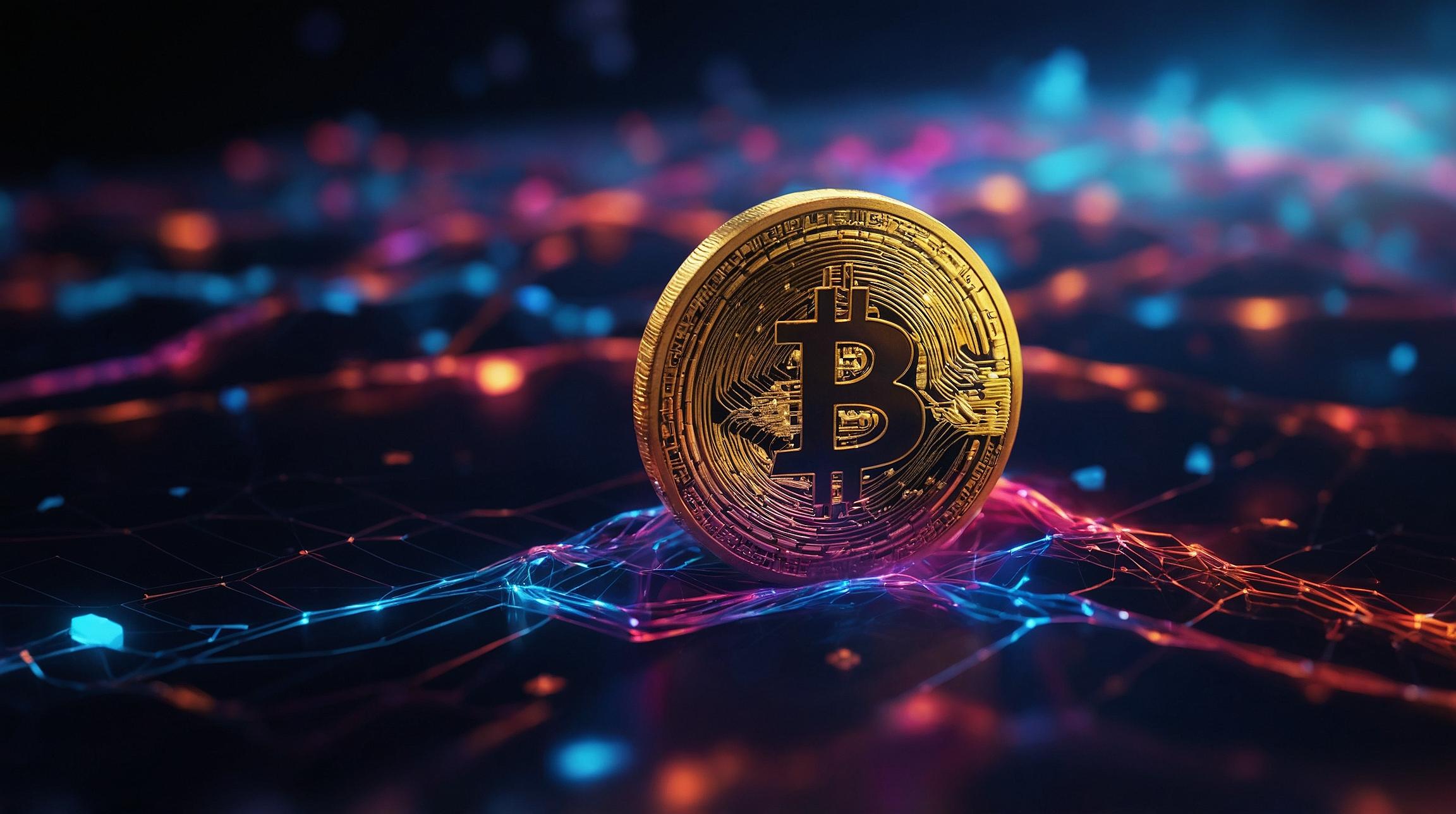The Illusion of Safety in the Stock Market
The recent Maui wildfires have highlighted the risks of investing in the stock market, particularly when it comes to the Utilities sector. Utilities companies have long been considered a safe investment due to their defensive characteristics, but recent events have shown that this perception may be misguided. This serves as a reminder that “safety” doesn’t truly exist in investing, and that risks are always present, even in seemingly stable sectors.
The Illusion of Safety in the Stock Market
The Utilities sector has traditionally been seen as a safe investment due to its countercyclical nature. Regardless of the state of the economy, people still need electricity, heating/air conditioning, and water, which provides a relatively stable source of revenue for Utilities companies. However, this doesn’t mean that Utilities are immune to business risks. Recent events, such as the Paradise fire in California and the Maui wildfires, have shown that even in a supposedly safe sector, unexpected events can have catastrophic consequences for companies and their shareholders.
Why Utilities, Long Seen as Safe, Don’t Always Live Up to the Hype
Pundits often use “safe” as a shorthand synonym for defensive, leading investors to believe that Utilities companies are immune to risks. However, this is not the case. The example of PG&E in 2018, which faced bankruptcy due to its culpability in the Paradise fires, serves as a stark reminder that safety in the stock market is largely an illusion. Similarly, Hawaiian Electric has seen its stock price drop significantly since the Maui wildfires, as investors weigh the likelihood of penalties for its role in the tragedy. These events demonstrate that even in supposedly safe sectors, risks are always present.
The Vulnerability of Utilities Companies in the Face of Tragedies
The tragedies in California and Maui have highlighted the vulnerability of Utilities companies when faced with unforeseen events. In both cases, faulty power lines and inadequate procedures were determined to be contributing factors to the fires. This has led to significant financial and reputational damage for the companies involved. It serves as a reminder that even in supposedly safe sectors, companies must constantly assess and mitigate risks to protect their shareholders and avoid catastrophic consequences.
Debunking the Myth of “Safe” Investments: Lessons from Recent Events
The idea of “safe” investments is a myth that can lull investors into a false sense of security. US Treasuries, often considered the epitome of safety, are still subject to various risks such as interest rates and inflation. Even supposedly safe investments like bank stocks and stablecoins have been proven to be vulnerable in the face of economic crises and fraud. It is crucial for investors to question and research any investment labeled as “safe” to fully understand the risks involved and make informed decisions.
The Risks and Opportunities of Investing: A Closer Look at the Reality
Every investment carries risks, and it is essential for investors to assess and balance these risks against the potential benefits. Cash investments may offer stability, but they are susceptible to inflation eroding purchasing power. Stocks, on the other hand, come with short-term volatility but offer the potential for long-term returns. It is crucial to take a nuanced approach to investing, considering the risks and opportunities unique to industries and sectors. This will help investors navigate the stock market more effectively and avoid being caught off guard by unexpected events.
The tragic Maui wildfires serve as a somber reminder that investing is never truly “safe.” The illusion of safety in certain sectors, such as Utilities, can be shattered by unforeseen events that expose the vulnerabilities of companies and their shareholders. It is essential for investors to understand that risks are omnipresent in investing, and there is no substitute for thorough research and analysis. By adopting a more informed and nuanced approach to investing, investors can better navigate the stock market and avoid unwelcome surprises in the future.
Analyst comment
Negative news: The recent Maui wildfires have highlighted the risks of investing in the stock market, particularly in the Utilities sector. This serves as a reminder that “safety” doesn’t truly exist in investing, and that risks are always present, even in seemingly stable sectors.
As an analyst, the market for Utilities companies may face uncertainty and potential decline as investors reassess the perceived safety of these investments. This could lead to decreased demand for Utilities stocks and potentially lower stock prices in the near future.













